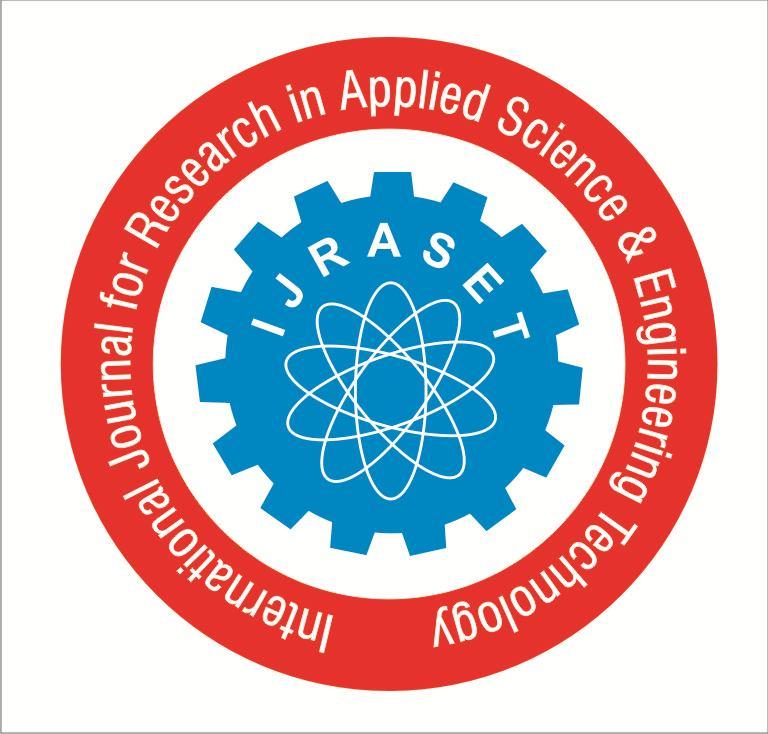
1 minute read
International Journal for Research in Applied Science & Engineering Technology (IJRASET)
ISSN: 2321-9653; IC Value: 45.98; SJ Impact Factor: 7.538
Volume 11 Issue III Mar 2023- Available at www.ijraset.com
Advertisement
1) Stairs Angle: The stairs angle is decided by factors such as walking ease, climbing efficiency, and space condition in civil buildings. The line linking the stairs nose is called the nose line. The stairs angle denoting the angle between the nose line and the horizontal ground changes from twenty degrees to forty-five degrees, and has a suitable value as thirty degrees.
2) Stairs Dimension: The stairs dimension is decided by the factors such as foot length, step space and building type. The stairs dimension includes the riser height and the tread width. The riser height h, which relates to human step uplift, changes from 120mm to 180mm. The thread width, which is late to human foot length, varies from 200mm to 350mm. If the stairs dimension increases, it will be more difficult for the climbing robot. It is important to design the robot’s dimension reasonably as the staircase dimension is fixed in a range. The process of stairs-climbing can be divided into three phases, that is, riser climbing, riser crossing, and nose line climbing. Both riser climbing ability and riser crossing ability also reflect the vertical obstacle climbing ability of the robot.
IV.DESIGN&METHODOLOGY
A. Methodology
This is the last step for our task stage 1, in which we need to plan the programmed step climber by considering different boundaries and execution factors. For planning at the underlying stage we utilized AUTO-computer aided design programming, in which independently we planned the parts and afterward at long last we collected it in 3D Demonstrating.
Designed Components
1) Frame (Load carrying part of trolley) –
2) Adjustable Link –
3) Motorized Driving system –
This is the base of our trolley used for the motion of trolleys over the stairs.
B. Design
Modelling and designing is done over AUTOCAD as shown, for separate components then finally the assembly is shown.

International Journal for Research in Applied Science & Engineering Technology (IJRASET)




ISSN: 2321-9653; IC Value: 45.98; SJ Impact Factor: 7.538
Volume 11 Issue III Mar 2023- Available at www.ijraset.com



